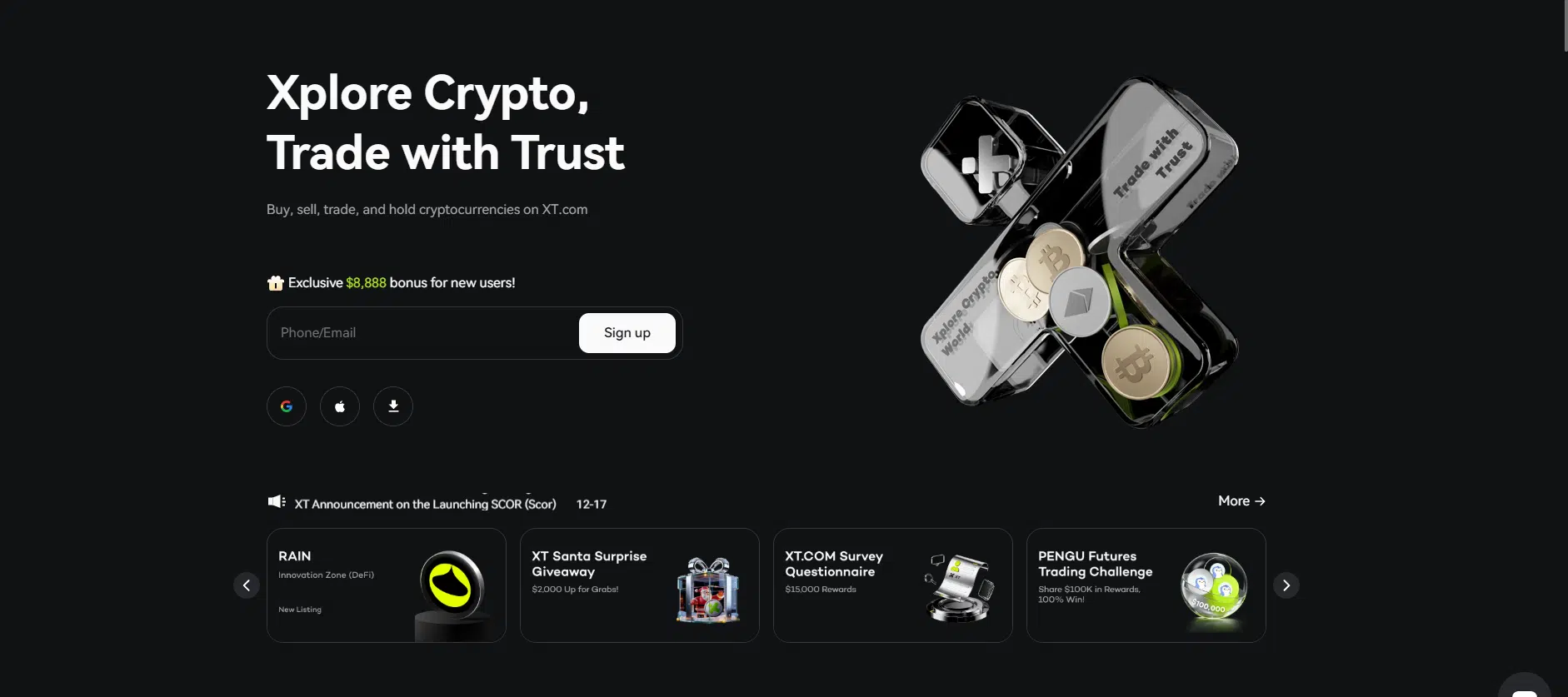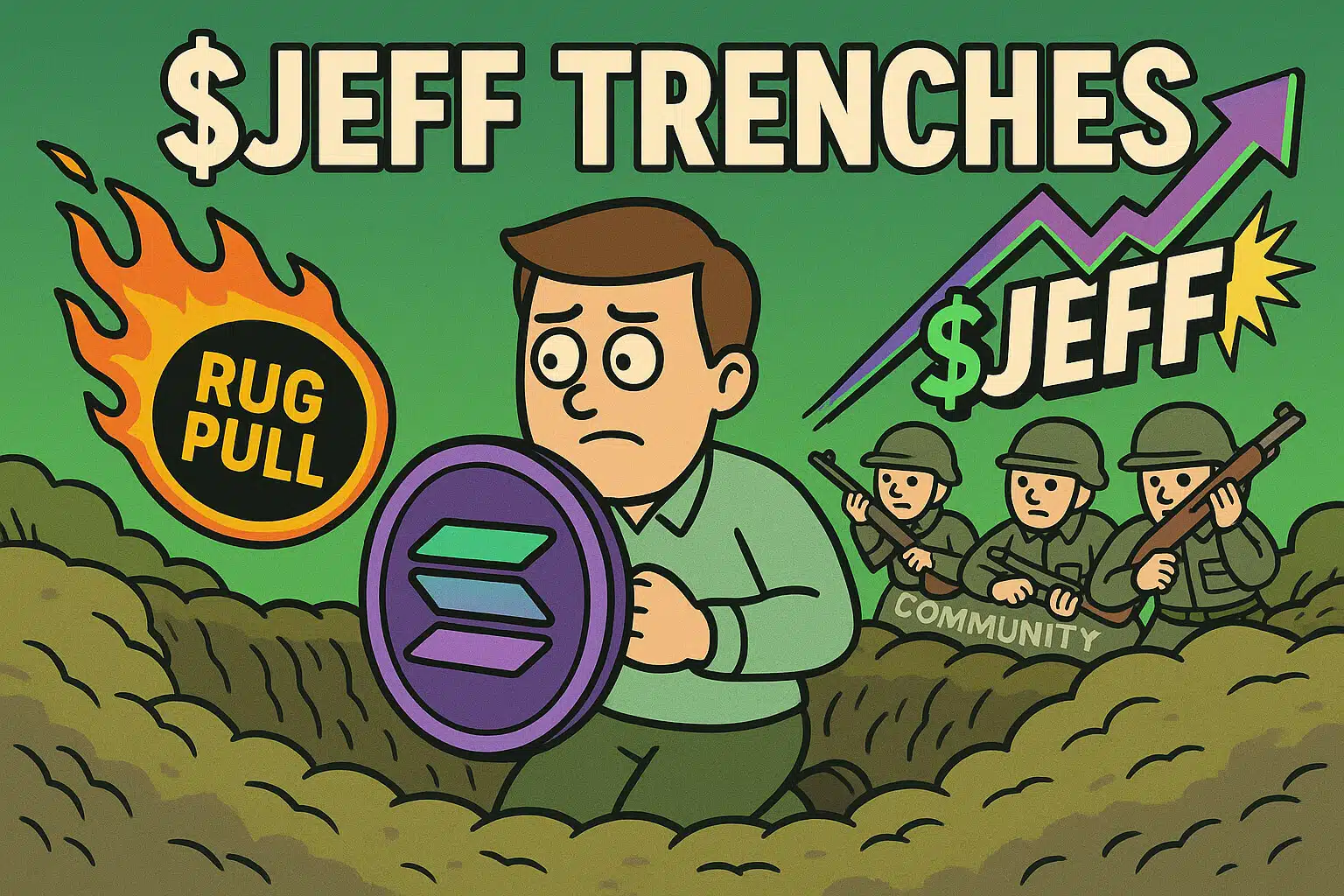Airdrops have become a key strategy in the blockchain world for promoting new projects, distributing tokens, and rewarding community engagement. However, as the crypto space grows, multi-chain ecosystems like Polkadot and Cosmos are leveraging airdrops in unique ways to drive ecosystem growth and facilitate cross-chain interoperability. These networks are designed to connect multiple blockchains, making them ideal environments for cross-chain token distribution and community-driven airdrop strategies. In this article, we explore how Polkadot and Cosmos are using airdrops to enhance their ecosystems, reward users, and build stronger communities.
1. The Role of Multi-Chain Ecosystems in Blockchain
Multi-chain ecosystems like Polkadot and Cosmos are designed to overcome the limitations of isolated blockchains. They enable interoperability by connecting different blockchains, allowing them to share data, assets, and functionality. This connectivity offers several advantages:
- Interoperability: Blockchains can communicate and share information seamlessly, enhancing the utility of assets across chains.
- Scalability: By linking blockchains, multi-chain ecosystems can support more transactions without congesting a single network.
- Diversity of Use Cases: Developers can build on specific chains suited to their needs while still benefiting from connections to other chains.
As Polkadot and Cosmos grow, they’re using airdrops to attract new users, incentivize cross-chain participation, and promote adoption of their ecosystem’s native projects. These airdrops are not just promotional tools, they’re a fundamental part of building interconnected blockchain communities.
2. Airdrop Strategies in Polkadot’s Multi-Chain Ecosystem
Polkadot is a multi-chain protocol that enables interoperability across different blockchain networks. By connecting blockchains, Polkadot supports a broad ecosystem of parachains, individual blockchains that run on the Polkadot network and can communicate with each other. Airdrops in the Polkadot ecosystem are particularly effective because they help drive engagement across various parachains and bring users into the broader ecosystem.
A. Parachain Project Airdrops
Polkadot’s parachains often launch airdrops to engage Polkadot (DOT) holders, as these users already have a vested interest in the Polkadot ecosystem. Many parachain projects, like Acala and Moonbeam, distribute tokens to DOT holders through airdrops. By rewarding DOT holders, these projects are encouraging the community to explore their specific parachain, driving adoption and liquidity.
Example: When Moonbeam, a smart contract platform on Polkadot, launched its airdrop, it targeted DOT holders who supported its parachain auction. This strategy rewarded those who already believed in Polkadot’s ecosystem, reinforcing loyalty while increasing awareness of the Moonbeam project.
B. Cross-Chain Airdrops for Interoperability
Polkadot’s ecosystem is built on cross-chain functionality, so airdrops often include users of related parachains or sister networks. For example, a project on Kusama (Polkadot’s “canary network”) might airdrop tokens to both Kusama and Polkadot users. By distributing tokens across different networks, projects foster cross-chain engagement and interoperability, encouraging users to explore and utilize multiple chains.
Example: Acala, a DeFi hub on Polkadot, distributed tokens to both DOT and KSM (Kusama’s token) holders. This cross-chain airdrop strategy promoted collaboration between Polkadot and Kusama communities, creating a unified experience for users in both ecosystems.
C. Governance Participation Rewards
In Polkadot’s ecosystem, governance is a crucial element. Projects often use airdrops to reward users who participate in governance, encouraging a more active and involved community. By giving tokens to users who vote in parachain governance proposals or participate in network upgrades, Polkadot projects incentivize governance engagement and increase decentralized decision-making.
Example: Some projects reward token holders who vote on network proposals or support parachain auctions. This method reinforces a strong governance culture and aligns community members with the long-term goals of the ecosystem.
3. Airdrop Strategies in the Cosmos Ecosystem
Cosmos, another leading multi-chain ecosystem, is designed to allow independent blockchains to communicate and exchange assets. Cosmos achieves interoperability through its Inter-Blockchain Communication (IBC) protocol, making it an ideal environment for cross-chain activities. Airdrops in the Cosmos ecosystem are centered around rewarding ATOM holders and promoting interaction across IBC-enabled chains.
A. Airdrops for ATOM Holders
Similar to Polkadot, many Cosmos-based projects distribute airdrops to holders of ATOM, Cosmos’ native token. By targeting ATOM holders, new projects within the Cosmos ecosystem can tap into an already invested community, bringing more users into their network.
Example: Osmosis, a decentralized exchange (DEX) on Cosmos, airdropped tokens to ATOM holders as a way to incentivize them to use the Osmosis DEX. This strategy not only rewarded loyal Cosmos supporters but also increased user adoption on Osmosis, strengthening Cosmos’ overall ecosystem.
B. Incentivizing Use of IBC-Enabled Chains
One of Cosmos’ unique features is its Inter-Blockchain Communication (IBC) protocol, which allows assets and data to move seamlessly across IBC-compatible blockchains. Cosmos-based projects are now using airdrops to encourage users to explore IBC-enabled chains. By distributing tokens to users who participate in cross-chain activities, Cosmos projects are promoting the use of IBC and driving interconnectivity within the network.
Example: The Gravity DEX, a decentralized exchange on Cosmos, rewards users who engage in IBC transfers. By airdropping tokens to IBC users, Gravity DEX is boosting cross-chain activity and encouraging users to take advantage of Cosmos’ interoperability.
C. Community-Driven Airdrop Initiatives
Cosmos emphasizes community engagement and decentralization, and many projects in its ecosystem use airdrops to empower their communities. These airdrops often go to users who participate in governance votes, stake ATOM, or engage in community events. By rewarding active participants, Cosmos projects foster a more dedicated and loyal community.
Example: Juno, a smart contract platform on Cosmos, airdropped tokens to ATOM stakers and participants in Cosmos governance. This airdrop model rewards community members who actively contribute to the network’s development, reinforcing Cosmos’ vision of a decentralized, community-led ecosystem.
4. Benefits of Airdrops in Multi-Chain Ecosystems
Airdrops in multi-chain ecosystems like Polkadot and Cosmos provide unique benefits that go beyond simple token distribution:
- Boosting Interoperability: By offering cross-chain airdrops, projects encourage users to engage with multiple blockchains, promoting the use of interconnected networks.
- Incentivizing Active Participation: Airdrops targeted at governance participants or active users strengthen community involvement and make networks more decentralized.
- Building Cross-Chain Communities: Airdrops across chains bring together users from different parts of the ecosystem, fostering a sense of unity and expanding the community.
- Increasing Liquidity and Adoption: Token airdrops drive liquidity by encouraging users to stake, trade, or lend tokens within the ecosystem, enhancing the usability of projects.

5. Challenges of Multi-Chain Airdrops
While airdrops offer many benefits, multi-chain ecosystems face challenges in executing cross-chain airdrops effectively:
- Complex Eligibility Tracking: Verifying eligibility across multiple chains can be complex, as projects must track token holders on different networks.
- Gas and Transaction Costs: Moving assets across chains often incurs transaction fees, which can be a barrier for projects and users alike.
- Regulatory Compliance: Cross-chain airdrops may face regulatory scrutiny, especially when targeting users in multiple jurisdictions.
Conclusion
Polkadot and Cosmos are redefining the role of airdrops in the blockchain world. By utilizing multi-chain airdrop strategies, these ecosystems are promoting interoperability, rewarding active participants, and building connected communities across different blockchains. As multi-chain technology continues to evolve, airdrops are likely to become even more sophisticated, allowing projects to leverage cross-chain engagement and reward users in innovative ways.
For blockchain users, airdrops in multi-chain ecosystems provide opportunities to explore new networks, engage in governance, and earn rewards across multiple chains. For projects, these airdrops are essential tools for driving adoption, increasing liquidity, and promoting ecosystem growth. The rise of multi-chain ecosystems is transforming airdrops from simple giveaways into strategic tools for building interconnected and dynamic blockchain communities.
For more insights on airdrops and multi-chain ecosystems, visit our Cryptocurrency Comparisons Guides.
Stay Updated
For the latest updates on multi-chain ecosystems and airdrop strategies, follow us on:
Stay informed with the latest crypto insights at FreeCoins24.io.
Special Offer
Looking to trade tokens from multi-chain airdrops? Sign up on Bybit today and enjoy up to $30,000 in deposit bonuses! Trade confidently on a top crypto platform.

















